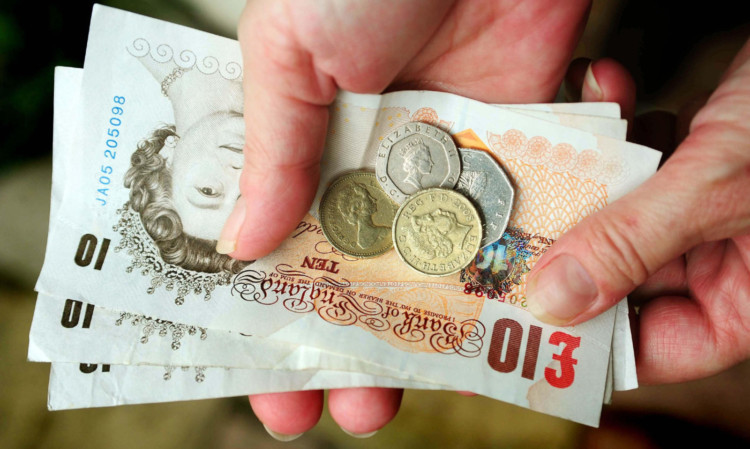George Osborne has denied caving in to Labour pressure after announcing a cap on the costs of payday loans.
The Chancellor said the limit, which will cover fees on the lending as well as interest, would help prevent vulnerable consumers being exploited.
The Government will bring in powers to impose the restriction through an amendment to the Banking Reform Bill, but the level of the cap will be set by the Financial Conduct Authority (FCA).
The move comes after Labour leader Ed Miliband complained payday loan companies were “running riot through our communities”.
Shadow consumer affairs minister Stella Creasy has been among those pushing for tougher rules but ministers had resisted the idea of a cap, warning that less creditworthy individuals could end up being forced into the arms of loan sharks.
Mr Osborne rejected claims of a U-turn, or that he was aping Labour by intervening in markets.
“The philosophy is we want markets that work for people, and people who believe in the free market, like myself, want that free market to be properly regulated.”
Mr Osborne told ITV’s Daybreak: “We are going to introduce a cap on the cost of these loans and I mean a cap on all the different elements brought together, because it is not just the interest charge, it’s also the arrangement fees and the like, to protect people who take out these loans to make sure they are not being exploited, to make sure hard-working people get a fair deal from the financial system.
“The best thing is to empower this body we have created, the consumer regulator, the consumer authority is going to look at all of this because I think one of the traps here is to think you can just control one part of this industry and then you’ll find it’s a bit like squeezing a balloon the costs will appear somewhere else.”
Liberal Democrat business minister Jo Swinson warned in September that interest rate caps to tackle payday lenders could result in “unintended consequences”.
She said rate-capping could mean people who might be able to afford to pay back loans finding they cannot get credit and possibly turning to “unsavoury alternatives”.
Business Secretary Vince Cable, speaking on BBC Breakfast, said: “What we have done, and Jo Swinson has led this, is we have been introducing tougher regulation of payday loans, this is something that has already been agreed, is going through Parliament. There has been pressure to make this stronger, through the form of interest rate caps, and Liberal Democrat parliamentarians have got amendments down in Parliament.”
Ms Creasy said: “It was us who fought tooth and nail to give the regulator the power to do this, but the regulator was saying ‘Look, we need the political will to make capping a reality’,” she told Today.
Richard Lloyd, executive director of consumer group Which?, said: “We’re pleased the Government is committed to taking tougher action on payday loans by capping the sky-high fees and charges that drag people down in a spiral of debt.
“This will need to be part of a wider clean-up of the credit market.”
